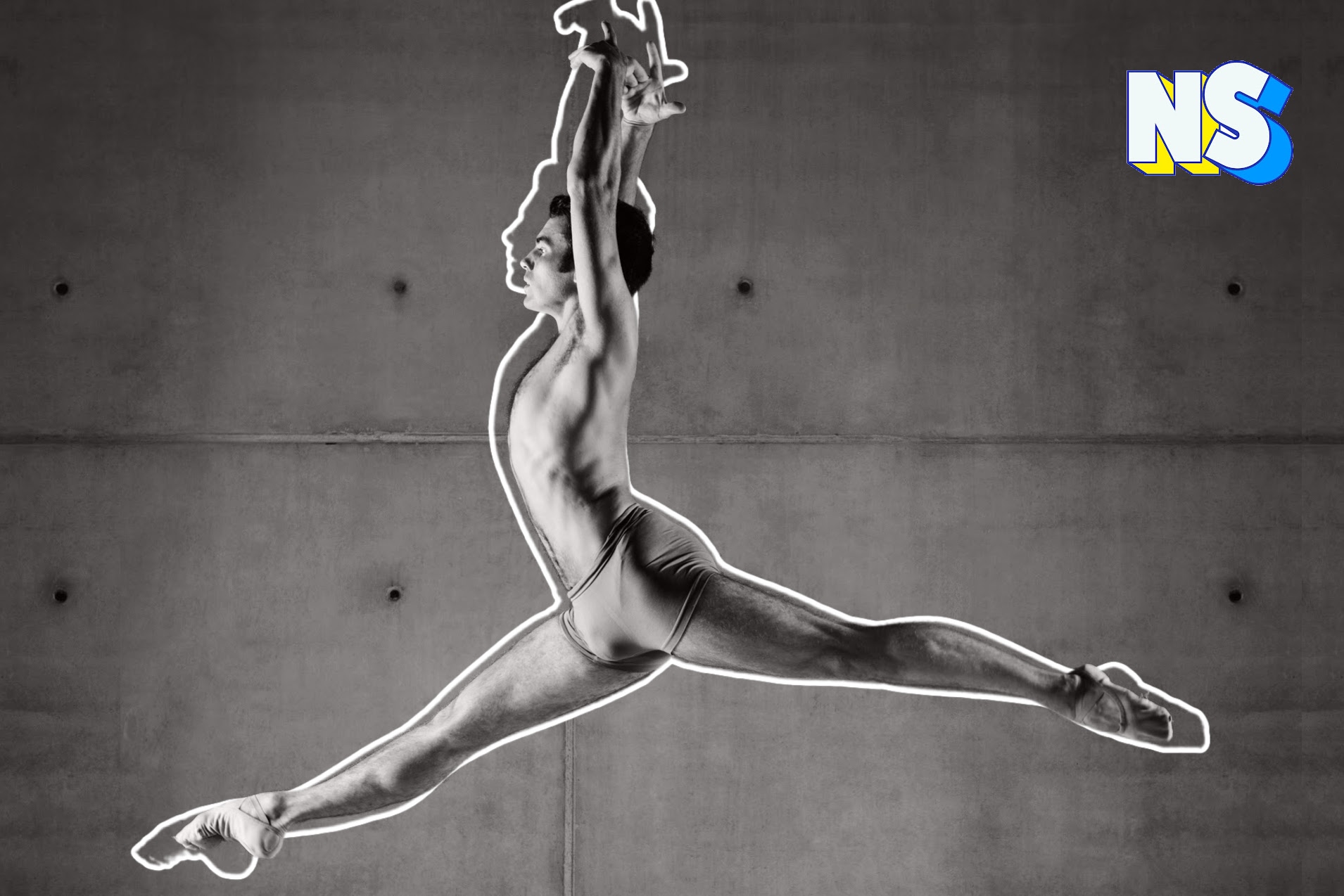Photo: Shutterstock; illustration by Nuestro Stories.
Much has been said about the contributions of Latinos to the history of the 20th century. From physicians to activists. ... and when it comes to the arts, we have also been a community full of unparalleled talent.
Just look at the story of Fernando Bujones, a Cuban-American dancer considered one of the best of the 20th century and one of the greatest dancers of his generation.
An innate talent
Born in Miami, Florida, in 1955, Fernando Bujones moved with his mother to Havana when he was five. There, he began learning ballet at six at the school of iconic ballerina Alicia Alonso.
As Anna Kisselgoff wrote in Bujones' 2005 obituary, Bujones' mother, who had also been a dancer, enrolled him in dance classes because of his poor constitution as a child.
In 1964, Bujones returned to Miami with his mother, who introduced him to the New York City Ballet star dancer Jacques d'Ambroise touring at the time.
Fernando Bujones makes his way into professional dance
In 1967, thanks to d'Ambroise's support, Bujones won a scholarship to the School of American Ballet, the official school of the New York City Ballet Company. Bujones stayed there for five years and studied with teachers such as André Eglevsky, Stanley Williams, and José Imendez, who would become his coach.
"The first year, I worked hard," Bujones told "Ballet News" in 1980. "But it wasn't until the second year that I looked inside myself and realized my own talent."
In 1970, at age 15, Bujones made his professional debut in André Eglevsky's company before earning his diploma in 1972.
Later that year, George Balanchine invited him to join the New York City Ballet. Bujones declined, preferring to dance the classical masterpieces of the 19th century at the American Ballet Theatre (ABT). Already a soloist in 1973, he became the youngest star in ABT history in 1974.
That same year, Bujones won the gold medal at the famous competition in Varna, Bulgaria, where the best dancers in the world were decided. Bujones achieved the feat of being crowned in the senior category when he was only a 19-year-old junior.
At the same time, dancer Mikhail Baryshnikov defected from the Soviet Union and joined the ABT, becoming his biggest competition.
"Baryshnikov has the publicity, but I have the talent," Bujones said at the time, referring to the popularity surrounding the Soviet dancer, considered almost a hero for leaving the Soviet Union.
Fernando Bujones became famous for being a dazzling dancer whose explosive strength amazed all audiences, given the finesse of his frame.
"My technique is a combination of all great artists in the past and present," Bujones told "Ballet News." "I have worked to surpass their standards and even my own."
Relying on flexibility and endless legs, Bujones possessed an almost mathematical accuracy in the technical precision of his steps. Likewise, he had surprising jumping power and momentum in his turns, finishing with remarkable smoothness.
A new chapter
After Baryshnikov arrived at the ABT, the competition between the two reached the point where Bujones was fired in 1985. However, the Latino dancer returned four years later after the departure of his nemesis.
In a career spanning more than 30 years, Fernando Bujones performed as a guest artist in 34 countries and was part of more than 60 dance companies. Ironically, he was the first foreign dancer invited to the Bolshoi Ballet in 1987.
On June 2, 1995, he said goodbye to the stage as a dancer before a dazzled audience that gave him a twenty-minute ovation.
However, his performance off the stage continued. Bujones worked as artistic director of the Mississippi Ballet in 1993. In 1999 he had the same role for the Southern Ballet Theater of Orlando, where he worked until his death.





